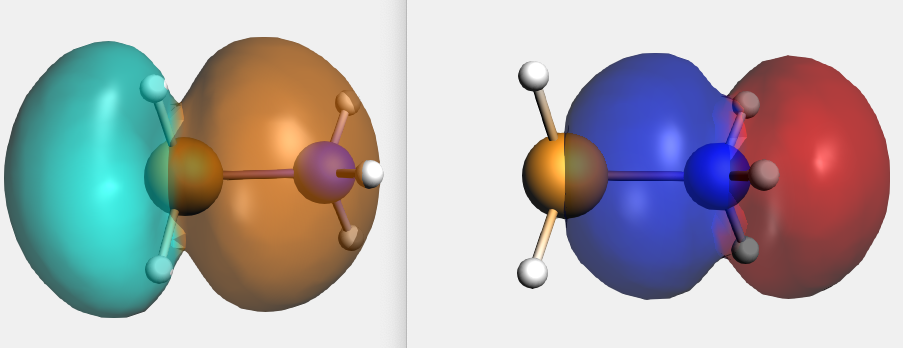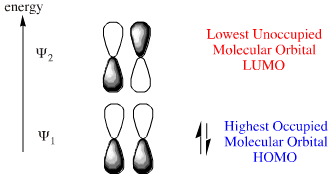

The 6-31G(d,p) basis set was chosen as a compromise between the quality of the theoretical approach and the high computational cost associated with the high number of dimensions to the problem. Methods: Computational Detailsįull geometry optimizations were performed, under no constraints, in the framework of the density functional theory (DFT) by means of the B3LYP functional, using the Gaussian 09 program. A band gap is defined as the difference between the highest occupied molecular orbital (HOMO) and the lowest unoccupied molecular orbital (LUMO) energy levels in the polymer : So the electrical conductivity is directly related to the HOMO and LUMO energy of the molecule. The energy between the valence and conduction band of a polymer is related to the lowest energy of its monomer units and to the bandwidth resulting from the overlap between the monomer orbitals. Therefore, the π-electrons in conducting polymers play a major role in determining their electrical conductivity and band structure. The key factor that determines the intrinsic properties of the polythiophene variants is their band structures, particularly the positions of the conduction and valence bands and the gap between them. The conduction properties of an undoped polymer, in terms of the band theory of solids, are known to be related to its electronic properties, such as the ionization potential (IP), electronic affinity (EA), and band gap ( ). Once such an insight is achieved, the desired electronic properties could be obtained by specific synthesis following molecular design. One of the main goals in the field of electrically conducting polymers is to develop a complete understanding of the relationship between the chemical structure of the polymer and its electronic and conduction properties. Polythiophene (PTh) and its derivatives are used in several applications such as displays, electromagnetic shielding, and molecular electronics and, due to them being thermally stable at ambient temperatures, have been used in new optical devices such as surface light-emitting diodes (SLED) and light-emitting diodes (LED). Sketch map of the structures, length bond, and dihedral angle. The second is 2-2′ or head-to-head coupling (HH), and the third is 5-5′ or tail-to-tail coupling (TT) (see Figure 1). The first of these is the 2-5′ or head-to-tail coupling (HT). As 3-alkylthiophene is an asymmetric molecule, there are three possible orientations available when the two thiophene rings are coupled between the 2 and 5 positions. However, these processes suffered from the major problem that the structure of the polymer is somewhat uncertain and undefined. Early syntheses of poly(3-alkythiophene) involved chemical oxidation or electrochemical polymerization in the pursuit of soluble and processable polythiophenes. Polythiophene is the most important conjugated polymer utilized in a broad spectrum of applications such as conducting polymers, light-emitting diodes, field effect transistors, and plastic solar cells, due to its excellent optical and electrical properties as well as exceptional thermal and chemical stability. Their electronic properties are determined by the delocalized π-electrons along their carbon backbone. They have many advantages compared to inorganic semiconductors, such as easy processing and tunable optical gaps. IntroductionĬonjugated polymers are of considerable interest due to their electronic properties and their potential technological applications. The theoretical calculations show that the substituted forms are stable, have low, and are in good agreement with the experimental observations. In this study, the DFT calculations were performed for the nonsubstituted and 3,5-substituted variants to investigate the stability geometries and electrical properties. The energy gap ( ) between the HOMO and LUMO levels is related to the π-conjugation in the PTh polymer backbone. All molecular geometries were optimized at B3LYP/6-31G(d,p) level of theory. Their properties are based on molecular structure the derivatives contain different substitutes in the 3 and 5 positions, such as electron-donating or electron-withdrawing groups. PTh is a useful photoelectric material and can be used in organic semiconductor devices, such as PLED, OLED, and solar cells.

Polythiophene (PTh) and its derivatives are polymer-based materials with a π-conjugation framework.


 0 kommentar(er)
0 kommentar(er)
